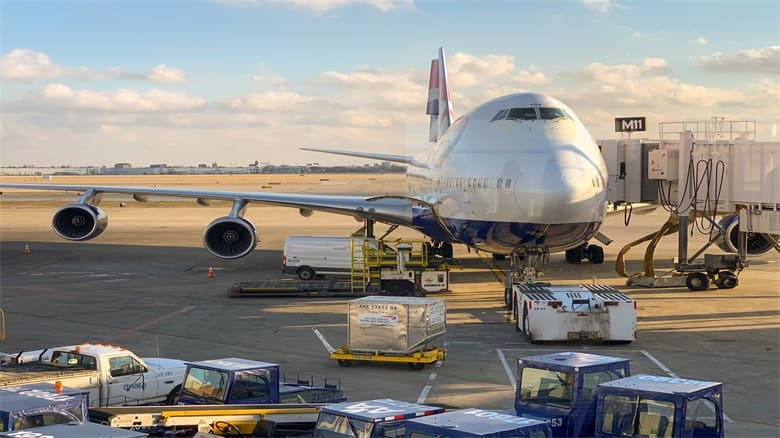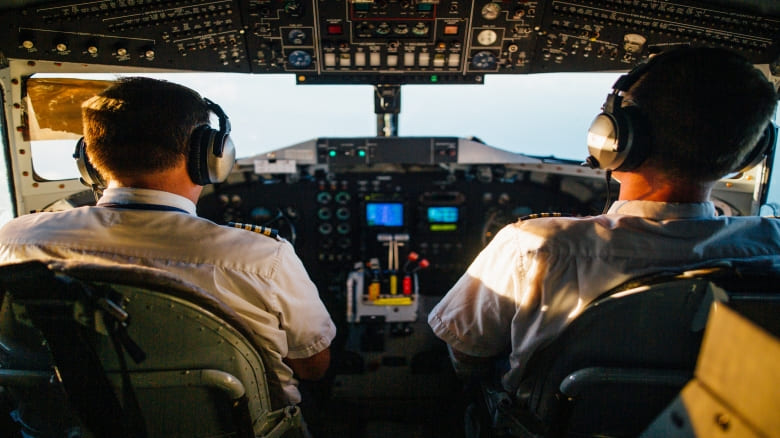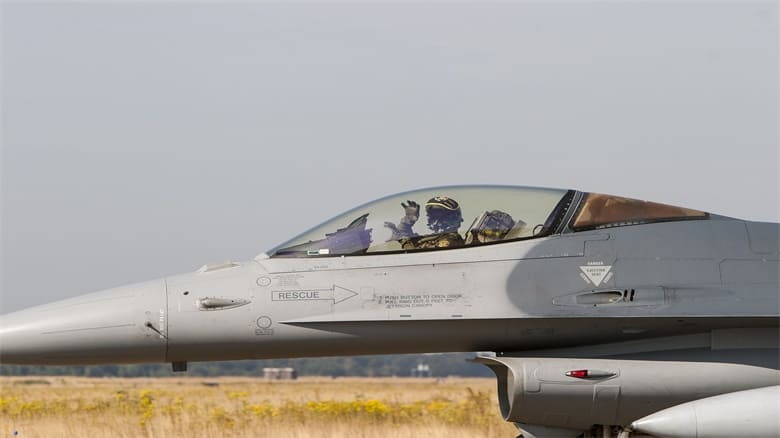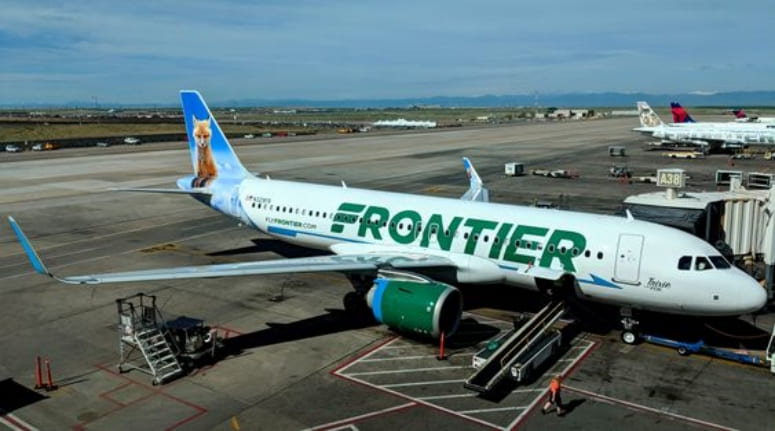Life for cargo pilots is like that of a long-haul truck driver, with the major difference being that you spend your time in the air instead of on the ground. You’re responsible for delivering cargo to a specific destination and on time. In order to pilot cargo, you’ll need to obtain a commercial pilot license from the Federal Aviation Administration (FAA) which involves in-flight training, a certain number of flight hours, and passing tests before you can take to the air. 
Life as a cargo pilot is one of spending hours in the air as you transport goods, but by and large, you’re able to pick the schedule that suits you best. Freight pilots can find themselves frequently flying overnight routes, but cargo plane schedules are available around the clock as goods need to be shipped as soon as possible. The following is a look at what it’s like to be a cargo pilot, and how to become one.
What Life is Like for Cargo Pilots
cargo by Dustin Brice is licensed with CC BY 2.0 DEED
Flying a cargo plane versus a passenger plane has little difference in terms of handling and flying the plane. Many of the planes used for cargo are the same as or similar to passenger jets, have the same flight controls, and the same duty of care. The only major difference between the two types of piloting is the fact that a cargo plane is carrying boxes, while the passenger plane is carrying people and their luggage. 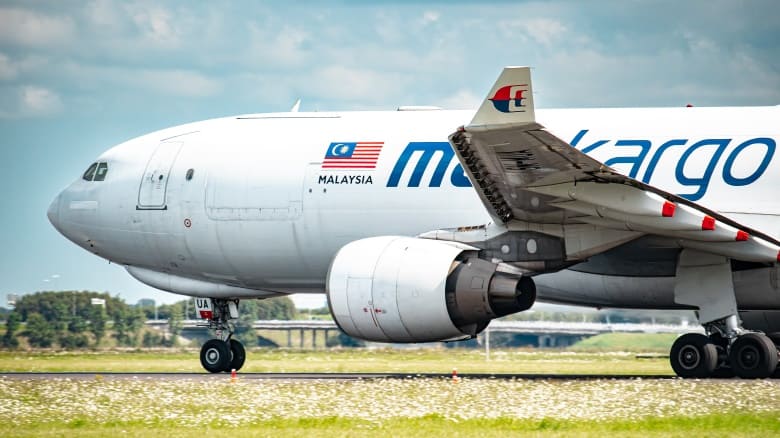
Taking Care of Your Needs as a Freight Pilot
When you’re flying a cargo plane, there is no flight crew to support the pilots. In fact, you may only have one or two co-pilots, depending on the length of the flight. That means if you need to get something to eat, you have to take care of it by yourself. Freight pilots have to bring their own food and drink with them on the flight and do the prep on their own. You and your copilot or first officer take turns in order to take care of a need.
Resting During Longer Flights
A flight that’s scheduled to last more than a few hours is usually staffed with at least three cargo pilots. This is to ensure that the plane has enough crew to rotate out of the cockpit for breaks. Cargo planes usually have a bed for pilots to nap on and keep themselves refreshed during the flight. Taking a break and napping during a flight is encouraged because it ensures that the crew is refreshed and alert, and not fighting off fatigue.
Steady Scheduling
A majority of cargo flights are scheduled during the night, while a majority of passenger flights are scheduled during the day. There’s less passenger traffic at night, which frees up the flight lanes for cargo planes. Ground shippers also prefer to get their cargo first thing in the morning for fast distribution to their customers. However, cargo is shipped around the clock, just as passengers fly around the clock, which means it’s possible to get on daytime routes.
Freight pilots get to enjoy regular schedules and can bid for specific schedules that last for a month or more. Cargo flights work on predictable schedules, so intermodal operators can get goods to their customers on time. In contrast, passenger plane schedules are more easily interrupted and changed without warning and can keep a pilot out for longer than expected. 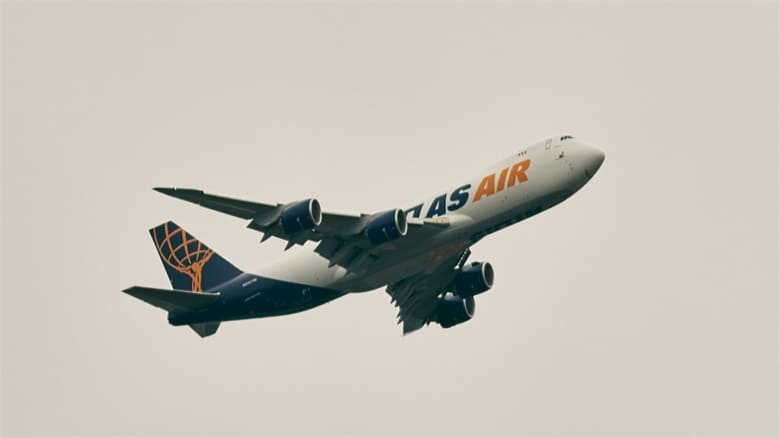
There’s Little Interaction With People
Some feel that the job of a cargo pilot is a lonely one. You only have one or two people to talk to during the flight, and there’s only so much to talk about during a flight. If you’re someone who’s extroverted and loves to connect with new people, you may not fare well as a cargo pilot. On the other hand, it’s a great job for people who like their time alone and enjoy seeing new destinations on their own. There are positives and minuses to the position, but the role works well for someone who prefers to work outside of normal schedules and has limited interactions with others.
Getting Your License and Qualifications to Pilot Cargo
Federal Aviation Administration (FAA) by F Delventhal is licensed with CC BY 2.0 DEED
Cargo pilots are required to earn their commercial pilot’s license from the FAA and put in flight hours before being considered eligible to fly commercial cargo jets. Employers also look for a college education in fields that include transportation, business, or engineering. Those who have earned their certifications by flying in the military are also excellent candidates. All freight pilots are required to have their commercial pilot certificate (CTC) and/or an airline transport pilot (ATP) certificate to fly commercial planes for pay. Here’s how to get started on your path to becoming a cargo pilot. 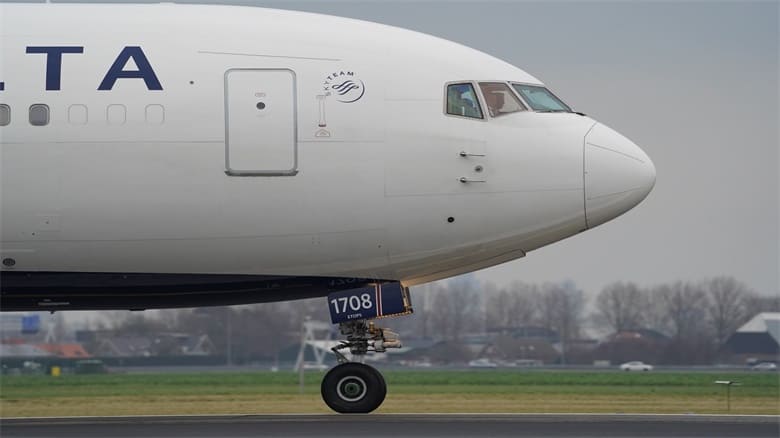
Hold a Current Private Pilot License (PPL)
The FAA rules for a pilot’s license depend on the type of aircraft you’ll be flying, but in order to start building your experience as a pilot, you’ll need to earn your private pilot license that shows you’re capable of flying a plane during different weather situations, flying by instrumentation, and flying at night. The license shows that you’re capable of flying a single prop airplane, and you’re ready to move onto multi-engine planes. 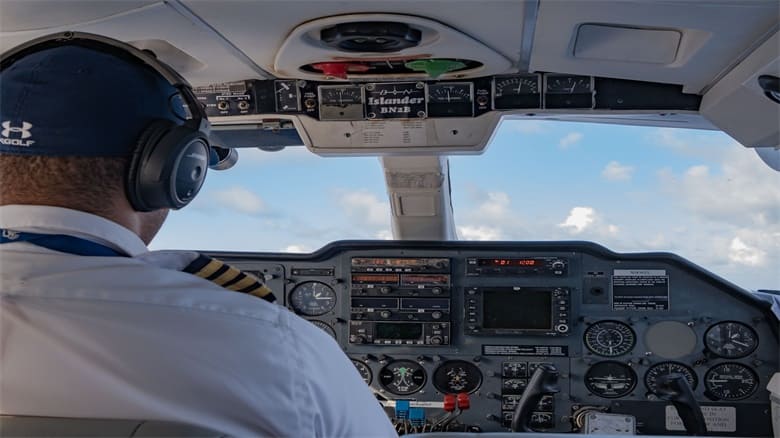
Put in at Least 1,500 Hours of Flight Time to Apply for your ATP
In order to apply for your airline transport pilot certificate, the FAA requires you to put in 1,500 hours of flight time including 500 hours of cross-country time, 100 hours of night flying, 50 hours in the class of airplane you want to fly, 75 hours of instrument-only flight, and 250 hours as the captain or pilot in command. However, commercial employees can require as many as 3,000 hours of flight time before they consider you qualified to pilot cargo.

